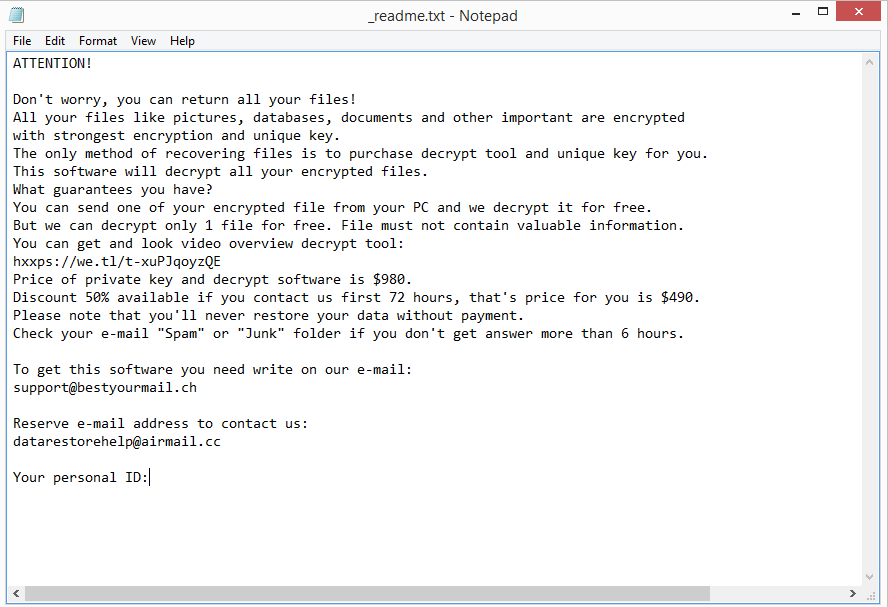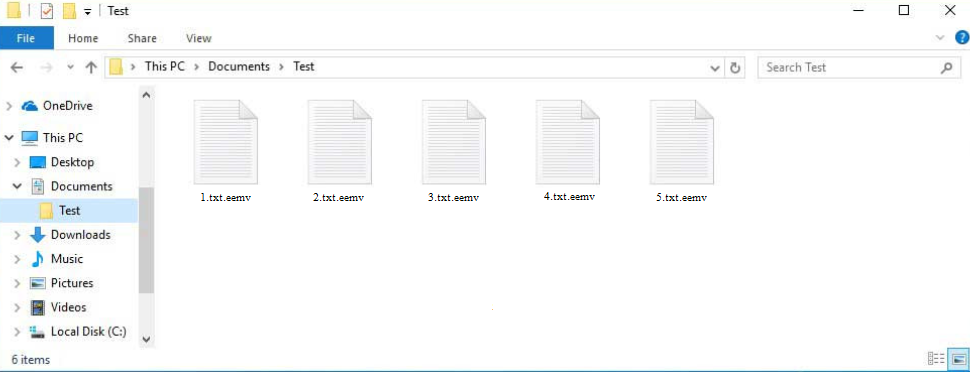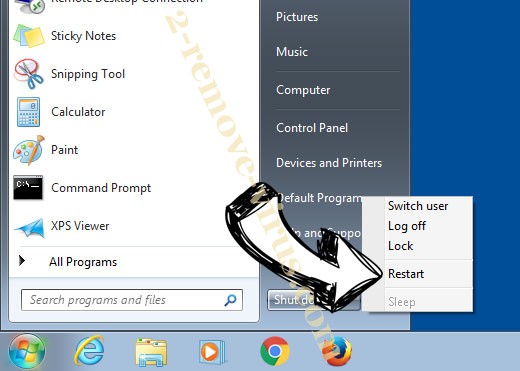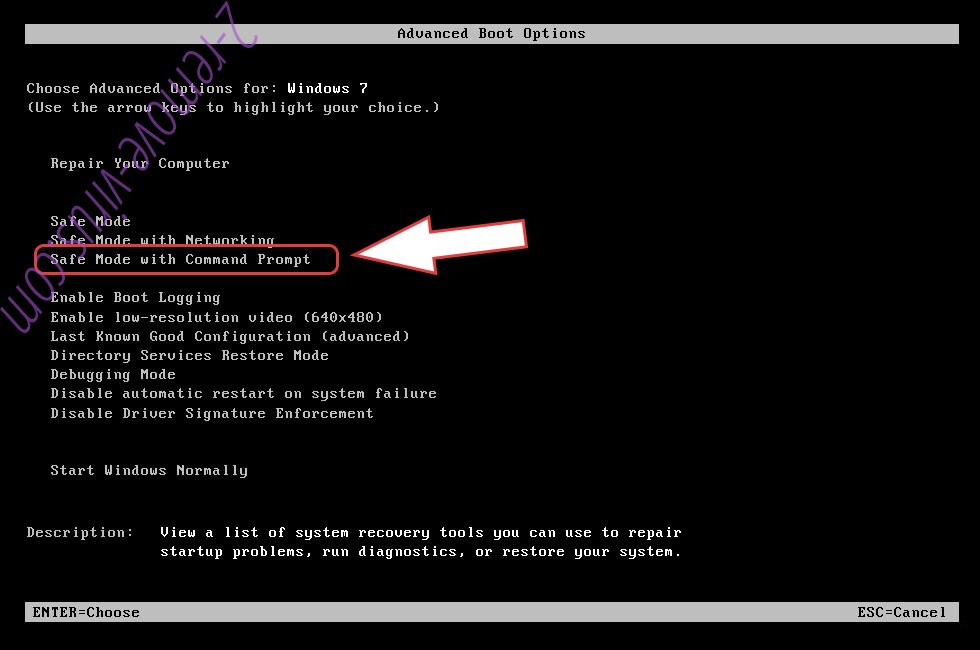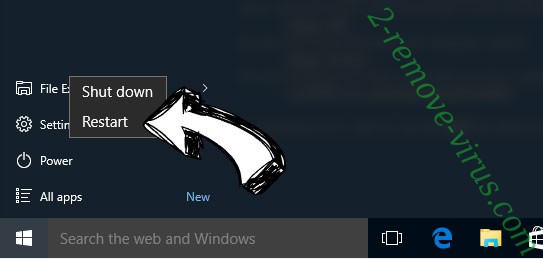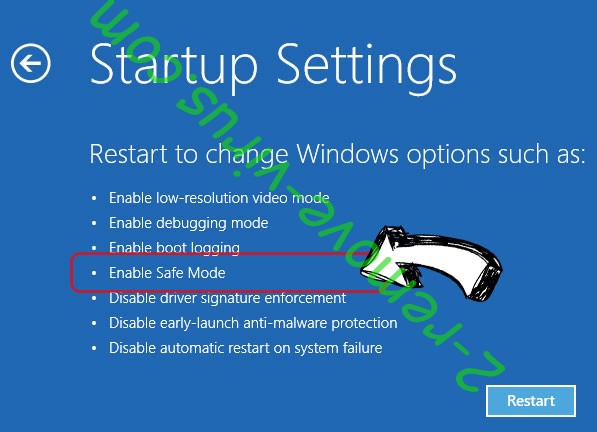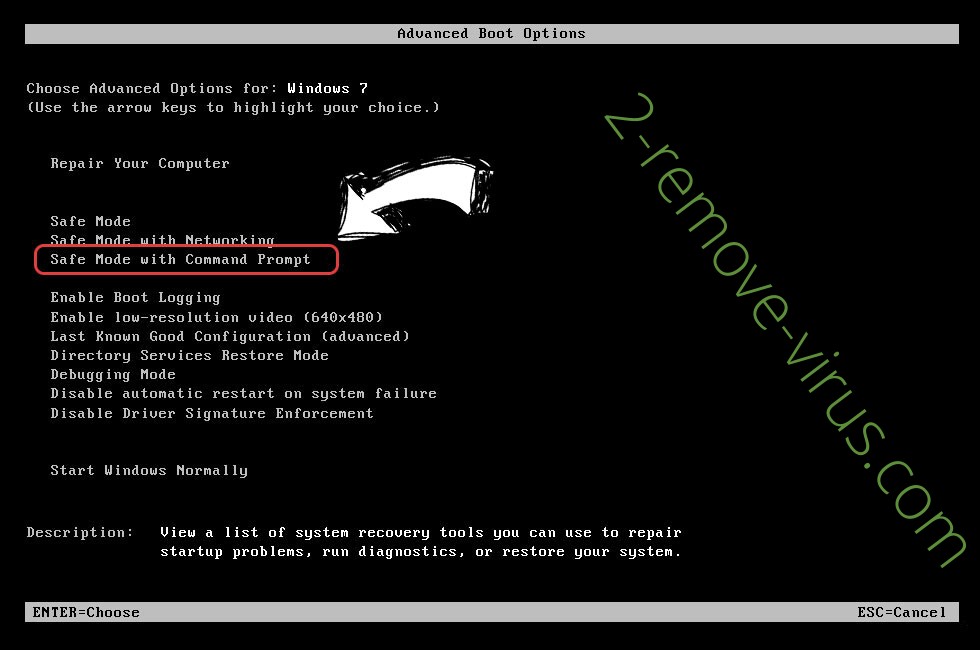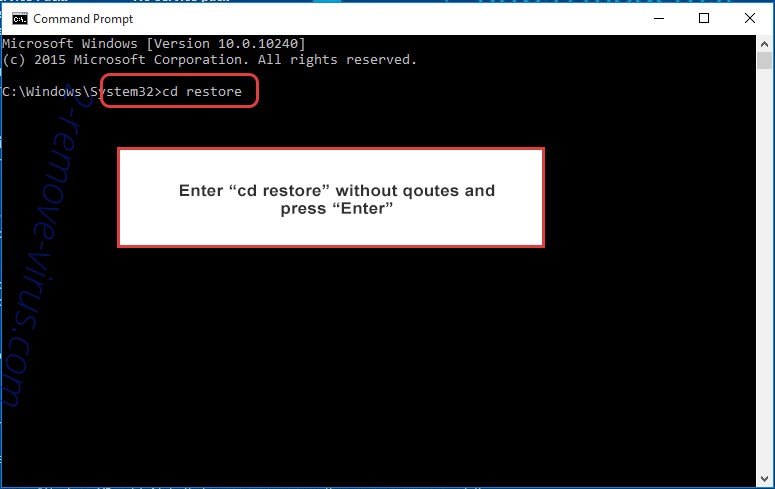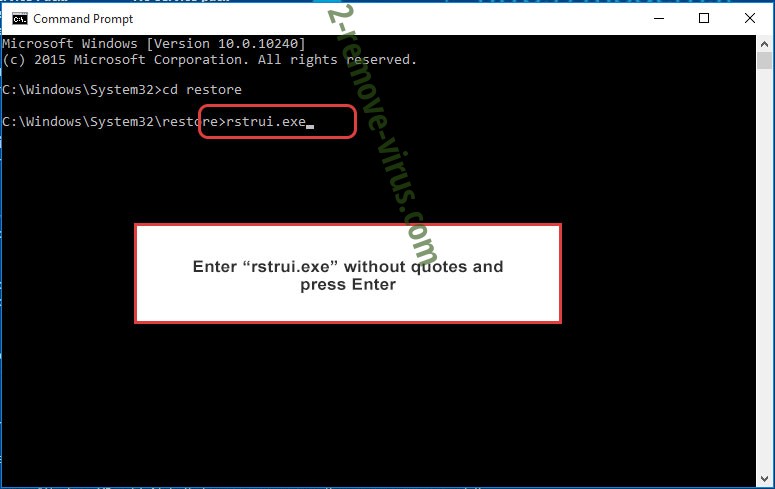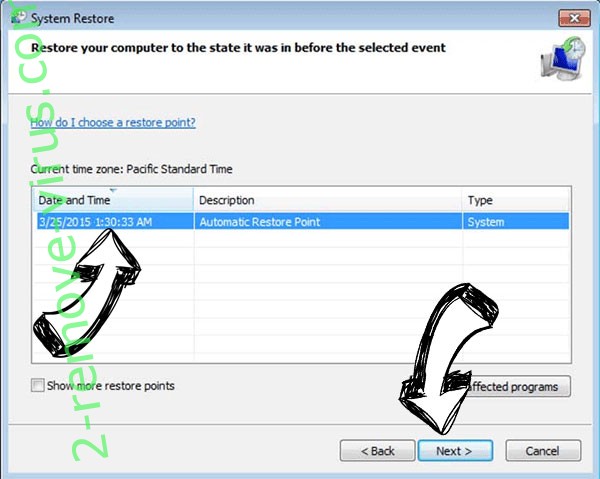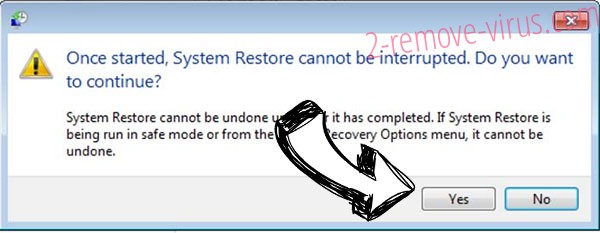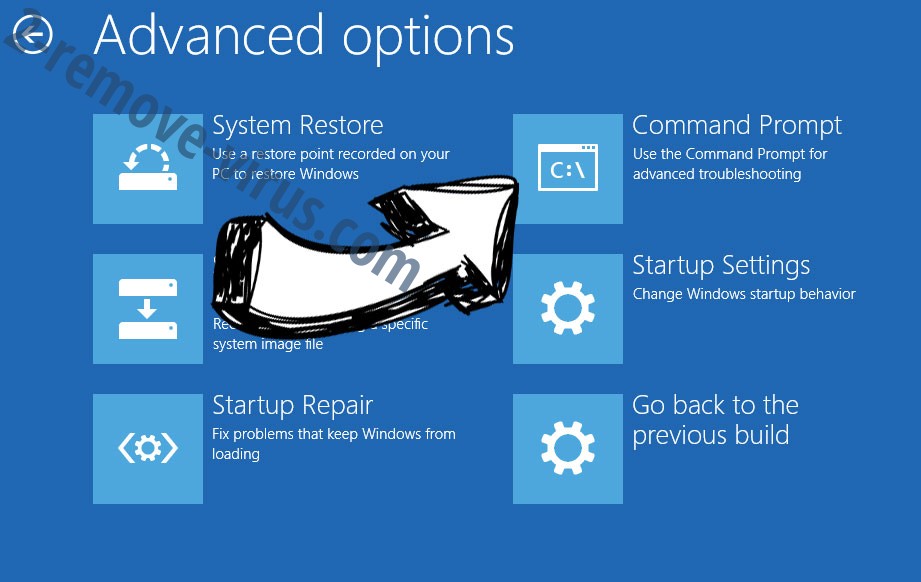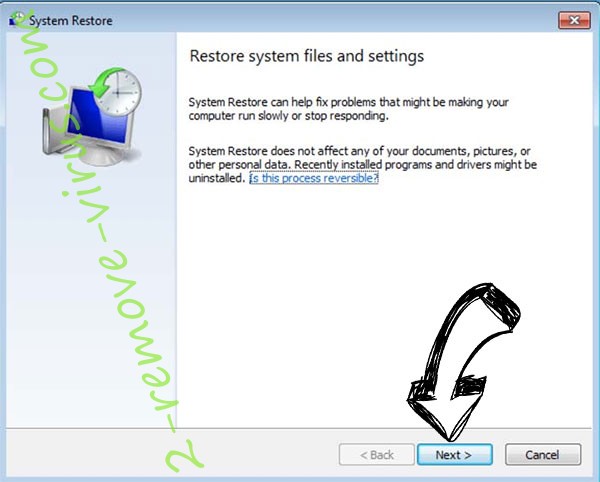Eemv ransomware belongs to the Djvu/STOP ransomware family. Encrypted files will have .eemv added to them, hence why this ransomware is known as Eemv ransomware. It’s a very dangerous infection that could lead to permanently lost files. Once files have been encrypted, you will not be able to open them unless you first use a special decryptor on them. However, getting the decryptor will not be easy. At the moment, only cybercriminals have the decryptor. They will try to sell it to you for $980. But buying the decryptor comes with its own risks.
The moment ransomware initiates, it will start encrypting your personal files. In particular, the Eemv ransomware will encrypt your photos, images, videos, documents, etc., essentially everything that you would likely be willing to pay for. You can recognize encrypted files by the .eemv file extension added to encrypted files. For example, a text.txt file would become text.txt.eemv. Folders that have encrypted files will also have a _readme.txt ransom note. The note explains how you can get the decryptor, and unfortunately, it involves paying a $980 ransom. According to the note, there supposedly is a 50% discount for victims who make contact within the first 72 hours but whether that is actually true is debatable. In general, paying the ransom is not a good idea because you will not necessarily get the decryptor.
Without a backup, file recovery will be far more challenging. Waiting for a free Eemv ransomware decryptor to be made available is your only alternative if you don’t intend to pay the ransom. But while malware researchers try their best to help victims recover files for free, it’s not always possible. The issue with ransomware from the Djvu/STOP ransomware family is that the versions use online keys to encrypt files. That means the keys are unique to each user. Without your specific encryption key, a decryptor would not work for you. So unless those keys are released, it’s not very likely that a free Eemv ransomware decryptor will ever be available. However, it’s worth mentioning that it’s not impossible that the cybercriminals themselves would release the keys when they decide to stop their activities. It has happened in the past with other ransomware families. It’s also worth trying to use Emsisoft’s Djvu/STOP free decryptor in case your files were encrypted with an offline key.
If you already have a habit of backing up your files and have copies of encrypted ones stored somewhere safe, you should have no issues with file recovery. However, you do need to fully remove Eemv ransomware before you can access your backup. If ransomware was still present when you connect to your backup, the backed-up files would become encrypted as well.
Eemv ransomware infection methods
One of the main ways that users infect their computers with malware is through unsolicited email attachments. Users whose email addresses have been leaked are the most likely to receive emails that contain malicious attachments because their information is sold on various hacker forums. But as long as users know what to look for, they should be able to recognize malicious emails. Grammar and spelling mistakes in emails supposedly sent by known businesses are one of the biggest indicators of scam emails. Because malicious actors are mostly non-native English speakers, their imitations of legitimate emails are usually very poorly done.
The way you are addressed by an email can also hint at whether an email is malicious. You are likely dealing with a potentially harmful email if a sender who should know your name addresses you with words like “User”, “Member”, “Customer”, etc. Customers’ names are always inserted into emails because they make emails appear more personal. But malicious actors are essentially forced to use generic words because they do not have access to users’ personal information.
If you get an unsolicited email, the first thing you should do is verify the sender’s email address. The email is probably malicious or at the very least spam if the sender claims to be from a reputable/well-known company but the email address looks very random. Even if an email address looks legitimate, you should still research it before engaging with the email.
It’s important to note that malicious actors will put considerably more effort into their malicious campaigns when they target someone specific. More sophisticated emails would be written in perfect English, address the user by name, as well as contain information that would make the email seem more credible. It is highly recommended that you always scan email attachments—especially unsolicited ones—with anti-malware software or VirusTotal before opening them.
You are likely already aware of this but torrents are also often used to distribute malware. There are a lot of questionable torrent sites that are very poorly moderated. Malicious actors can upload torrents with malware without trouble as a result of this poor moderation. Torrents for software, video games, TV series, movies, and other copyrighted content frequently contain malware. Therefore, you might have acquired the infection via torrents if you frequently pirate. Piracy, particularly when done through torrents, is highly discouraged because it not only puts your computer and data at risk but is also content theft.
Eemv ransomware removal
It is recommended that you use anti-malware software to remove Eemv ransomware from your computer because it is a fairly sophisticated infection that needs a professional program to fully remove. Do not try to manually delete Eemv ransomware because you could accidentally cause additional damage. You can access your backup to begin recovering files once the anti-malware tool has completely removed the ransomware.
If you don’t have a backup, your only option is to wait for a free Eemv ransomware decryptor. But again, there’s no guarantee that it will ever be released. If it does become available, it would be posted on NoMoreRansom. If it’s not on NoMoreRansom, you won’t find it anywhere else.
Eemv ransomware is detected as:
- CrypterX-gen [Trj] by Avast/AVG
- Gen:Variant.Jaik.94865 (B) by Emsisoft
- A Variant Of Win32/Kryptik.HQTD by ESET
- Artemis!9B2CFCFAB9C4 by McAfee
- Trojan:Win32/Krypter.AA!MTB by Microsoft
- Ransom.Win32.STOP.SMYXBFX.hp by TrendMicro
- Gen:Variant.Jaik.94865 by BitDefender
- UDS:DangerousObject.Multi.Generic by Kaspersky
- Trojan.MalPack.GS by Malwarebytes
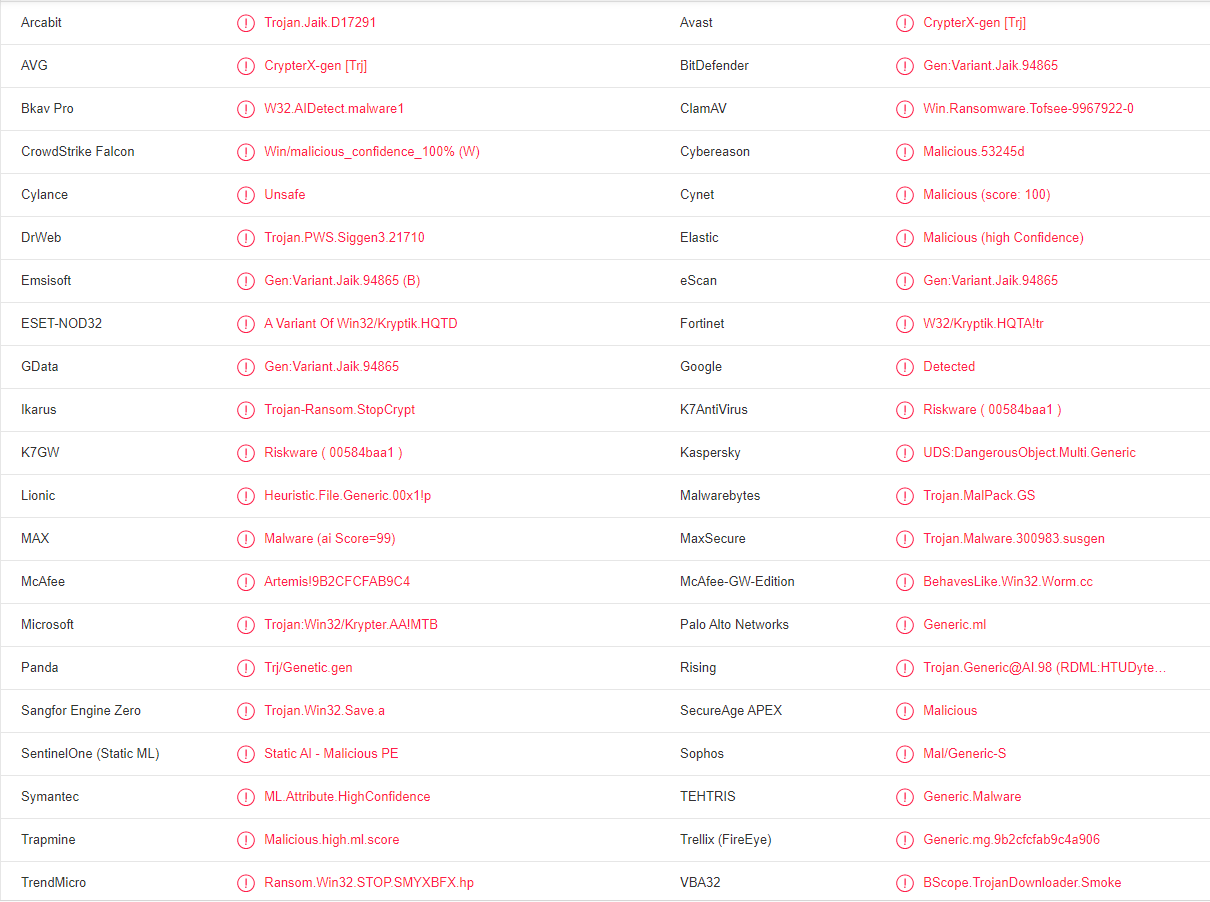
Quick Menu
Step 1. Delete Eemv ransomware using Safe Mode with Networking.
Remove Eemv ransomware from Windows 7/Windows Vista/Windows XP
- Click on Start and select Shutdown.
- Choose Restart and click OK.

- Start tapping F8 when your PC starts loading.
- Under Advanced Boot Options, choose Safe Mode with Networking.

- Open your browser and download the anti-malware utility.
- Use the utility to remove Eemv ransomware
Remove Eemv ransomware from Windows 8/Windows 10
- On the Windows login screen, press the Power button.
- Tap and hold Shift and select Restart.

- Go to Troubleshoot → Advanced options → Start Settings.
- Choose Enable Safe Mode or Safe Mode with Networking under Startup Settings.

- Click Restart.
- Open your web browser and download the malware remover.
- Use the software to delete Eemv ransomware
Step 2. Restore Your Files using System Restore
Delete Eemv ransomware from Windows 7/Windows Vista/Windows XP
- Click Start and choose Shutdown.
- Select Restart and OK

- When your PC starts loading, press F8 repeatedly to open Advanced Boot Options
- Choose Command Prompt from the list.

- Type in cd restore and tap Enter.

- Type in rstrui.exe and press Enter.

- Click Next in the new window and select the restore point prior to the infection.

- Click Next again and click Yes to begin the system restore.

Delete Eemv ransomware from Windows 8/Windows 10
- Click the Power button on the Windows login screen.
- Press and hold Shift and click Restart.

- Choose Troubleshoot and go to Advanced options.
- Select Command Prompt and click Restart.

- In Command Prompt, input cd restore and tap Enter.

- Type in rstrui.exe and tap Enter again.

- Click Next in the new System Restore window.

- Choose the restore point prior to the infection.

- Click Next and then click Yes to restore your system.

Offers
Download Removal Toolto scan for Eemv ransomwareUse our recommended removal tool to scan for Eemv ransomware. Trial version of provides detection of computer threats like Eemv ransomware and assists in its removal for FREE. You can delete detected registry entries, files and processes yourself or purchase a full version.
More information about SpyWarrior and Uninstall Instructions. Please review SpyWarrior EULA and Privacy Policy. SpyWarrior scanner is free. If it detects a malware, purchase its full version to remove it.

WiperSoft Review Details WiperSoft (www.wipersoft.com) is a security tool that provides real-time security from potential threats. Nowadays, many users tend to download free software from the Intern ...
Download|more


Is MacKeeper a virus? MacKeeper is not a virus, nor is it a scam. While there are various opinions about the program on the Internet, a lot of the people who so notoriously hate the program have neve ...
Download|more


While the creators of MalwareBytes anti-malware have not been in this business for long time, they make up for it with their enthusiastic approach. Statistic from such websites like CNET shows that th ...
Download|more
Site Disclaimer
2-remove-virus.com is not sponsored, owned, affiliated, or linked to malware developers or distributors that are referenced in this article. The article does not promote or endorse any type of malware. We aim at providing useful information that will help computer users to detect and eliminate the unwanted malicious programs from their computers. This can be done manually by following the instructions presented in the article or automatically by implementing the suggested anti-malware tools.
The article is only meant to be used for educational purposes. If you follow the instructions given in the article, you agree to be contracted by the disclaimer. We do not guarantee that the artcile will present you with a solution that removes the malign threats completely. Malware changes constantly, which is why, in some cases, it may be difficult to clean the computer fully by using only the manual removal instructions.
